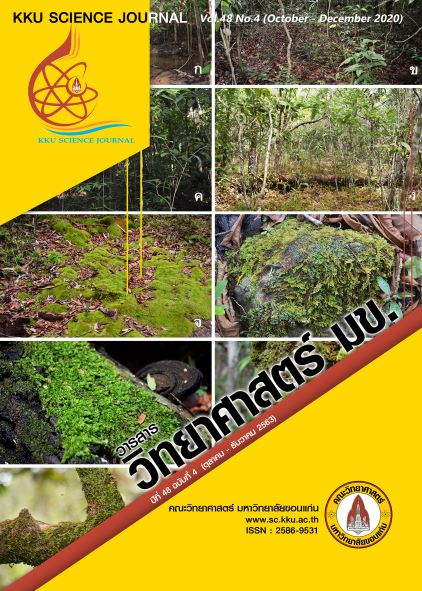Finding the Transmission Probabilities for Various Potentials Using the WKB Approximation
Main Article Content
Abstract
Quantum mechanics is a theory that can explain phenomena of atom-sized matter or smaller, which classical mechanics cannot do. The central equation of quantum mechanics is the Schrödinger equation. Mathematically, the Schrödinger equation is a second order partial differential equation which tells us how a wave function changes with time. For most problems in quantum mechanics, the Schrödinger equation cannot present exact solutions, except for a few idealized systems in which the Schrödinger equation can be solved exactly. Therefore, approximation methods are needed to find solutions to the Schrödinger equation. In this paper, systems in stationary states are of special interest, in which the Schrödinger equation is reduced to the time-independent Schrödinger equation. One of the approximation methods that work for systems in stationary states is the WKB approximation. In this paper, transmission probabilities for various potentials are calculated using the WKB approximation. The potentials studied in this paper are composed of the asymmetric square-well potential, the hyperbolic tangent potential, the squared hyperbolic secant potential, and the double squared hyperbolic secant potential.
Article Details

This work is licensed under a Creative Commons Attribution-NonCommercial-NoDerivatives 4.0 International License.


